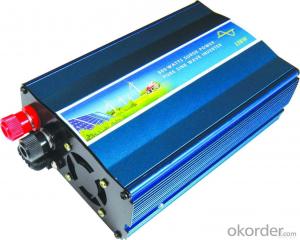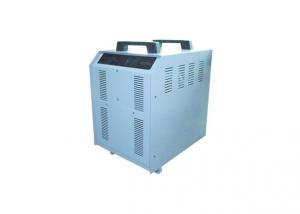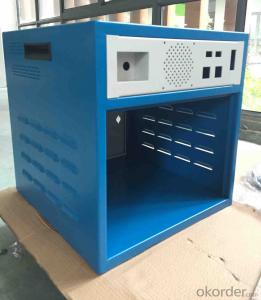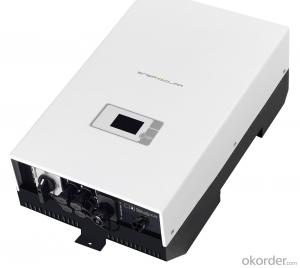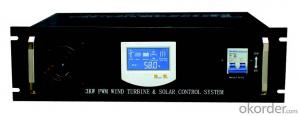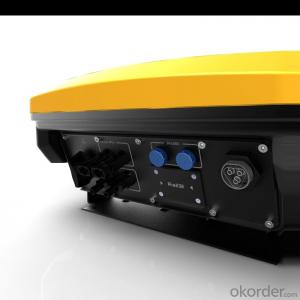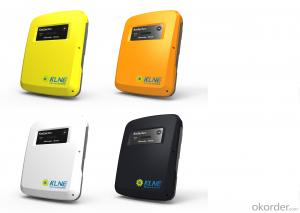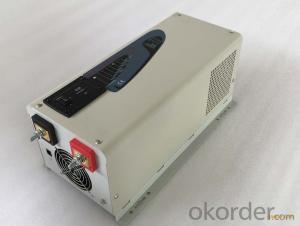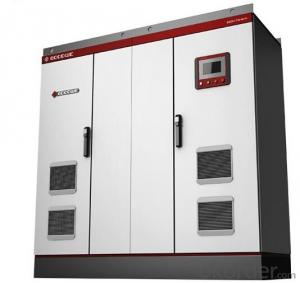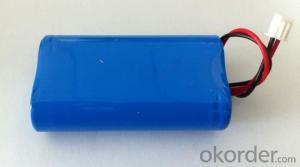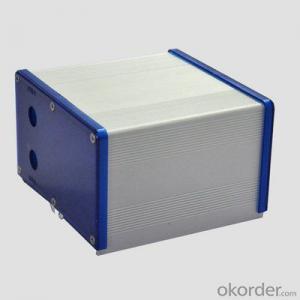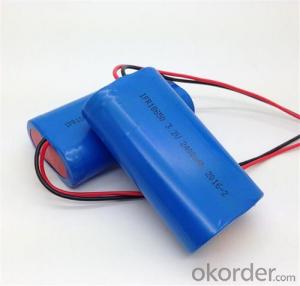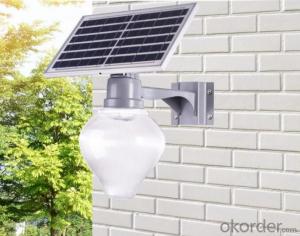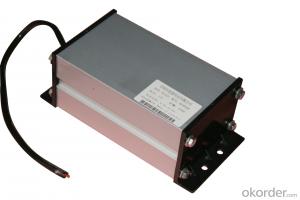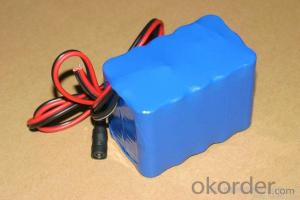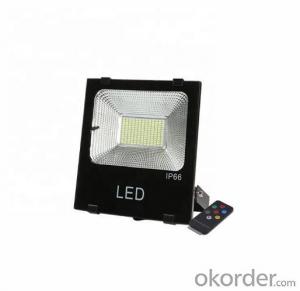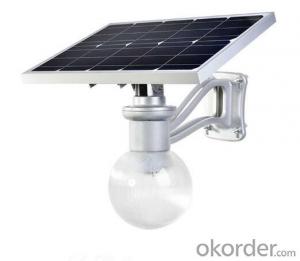Off Grid Solar Micro Inverter
Off Grid Solar Micro Inverter Related Searches
Off Grid Solar Power Inverter Off Grid Inverter Solar Solar Micro Inverter Off-Grid Off Grid Solar System Inverter Solar Off Grid Inverter Off Grid Hybrid Solar Inverter On Off Grid Solar Inverter Off Grid Solar Hybrid Inverter Off Grid Solar Inverter System Inverter For Off Grid Solar Inverter Solar Off Grid Solar Inverter Off Grid Off-Grid Solar Inverter Solar Hybrid Off Grid Inverter Solar Power Inverter Off Grid Off The Grid Inverter Off Grid Solar Inverter 48v Solar Panel Off Grid Inverter Hybrid Solar Inverter Off Grid Offline Solar Inverter Offgrid Solar Inverter On Grid Solar Inverter On Grid Solar Power Inverter Cheap Off Grid Solar Inverter Delta Off Grid Solar Inverter On Grid Solar System Inverter Best Solar Off Grid Inverter Solar Inverter On/Off Grid Waaree Solar Off Grid Inverter 1kw Off Grid Solar InverterOff Grid Solar Micro Inverter Supplier & Manufacturer from China
Off Grid Solar Micro Inverter is a type of photovoltaic device that converts the energy harnessed from the sun into usable electrical power. These micro inverters are specifically designed to work with off-grid solar systems, which are standalone setups that do not rely on a connection to the main power grid. They are essential for providing electricity in remote locations or for backup power during grid outages.The Off Grid Solar Micro Inverter is widely used in various applications, such as powering homes, businesses, and even small-scale agricultural operations. They are particularly useful in areas where access to electricity is limited or unreliable, providing a sustainable and eco-friendly alternative to traditional power sources. Additionally, these micro inverters can be integrated with battery storage systems to ensure a continuous supply of electricity, even during periods of low sunlight or at night.
Okorder.com is a leading wholesale supplier of Off Grid Solar Micro Inverters, offering a vast inventory of high-quality products to cater to the needs of various customers. With a commitment to excellence and customer satisfaction, Okorder.com ensures that their Off Grid Solar Micro Inverters are reliable, efficient, and compatible with a wide range of solar panel systems. By partnering with Okorder.com, customers can access a diverse selection of off-grid solar micro inverters at competitive prices, making it easier to implement sustainable energy solutions in their projects.
Hot Products






